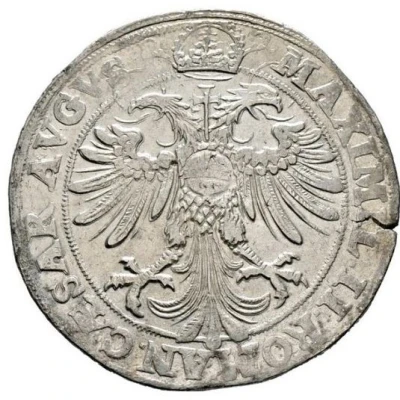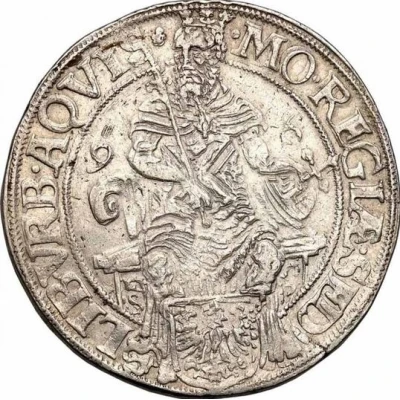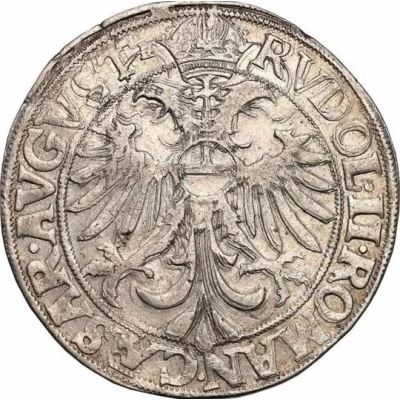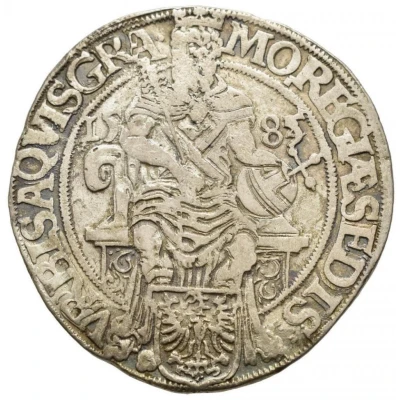
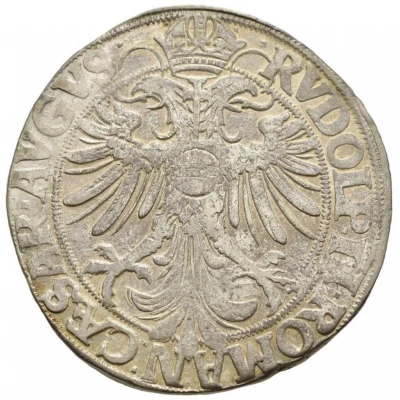

© Historisches Museum Frankfurt
1 Thaler
| Silver | 28.99 g | - |
| Issuer | Free imperial city of Aachen (German States) |
|---|---|
| Period | Free city (1166-1801) |
| Emperor | Rudolph II (Rudolf II) (1576-1612) |
| Type | Standard circulation coin |
| Years | 1577-1585 |
| Value | 1 Thaler |
| Currency | Thaler (1504-1798) |
| Composition | Silver |
| Weight | 28.99 g |
| Shape | Round |
| Orientation | Medal alignment ↑↑ |
| Demonetized | Yes |
| Updated | 2024-10-04 |
| Numista | N#266865 |
|---|---|
| Rarity index | 97% |
Reverse
Crowned imperial eagle, orb on breast, titles of Rudolf II in legend
Script: Latin
Lettering: RVDOLP II ROMAN CAESAR AVGVS
Comment
Galvano as obverse pictureInteresting fact
One interesting fact about the 1 Thaler coin from the Free Imperial City of Aachen (German States) is that it features a unique design element - a small hole in the center of the coin. This hole was intentionally drilled into the coin to signify its authenticity and value. The practice of drilling holes in coins was a common method used in medieval Europe to verify their authenticity and prevent counterfeiting. The hole in the Aachen Thaler coin served as a visual indicator that the coin was made of pure silver and not a cheaper metal, and it also made it easier for merchants and traders to stack and store the coins. This distinctive feature has made the Aachen Thaler coin a popular collector's item among numismatists and historians.

